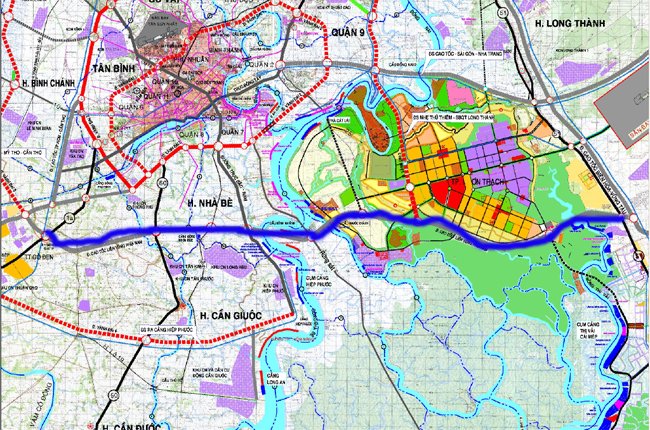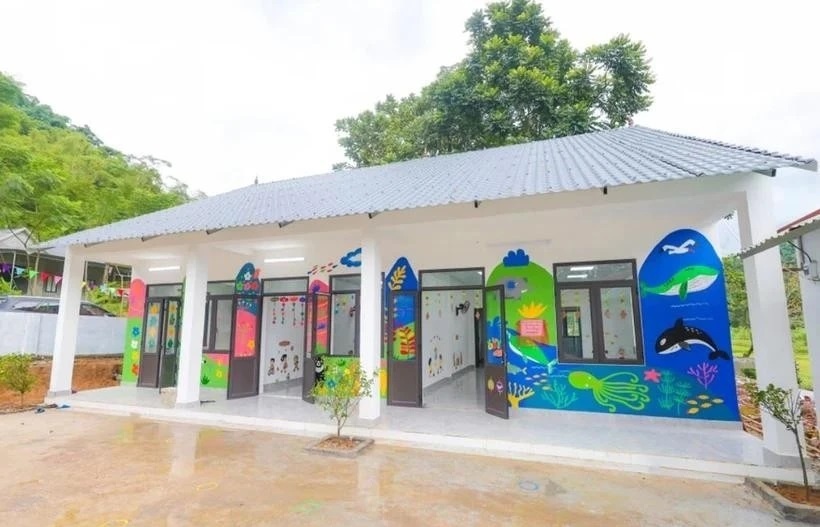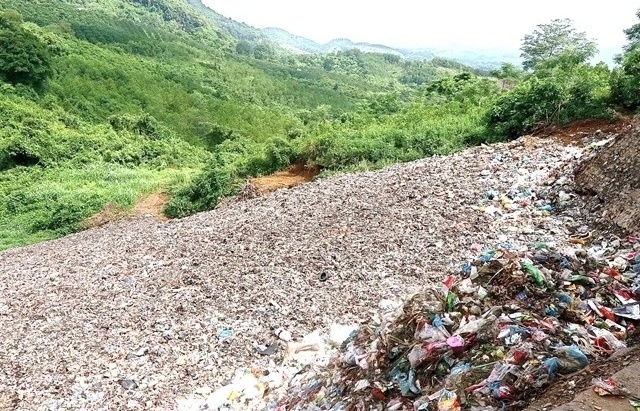Massive central highway project to soon be underway

The consortium building the highway project consists of Japan’s leading contractor Sumitomo Mitsui and reputable local partner Civil Engineering Construction Corporation (Cienco 4) was recently selected as the contractor for the first bidding package (J2).
The 57-kilometre long highway is expected to pass through Ben Luc and Can Giuoc district in the southern province of Long An, then Ho Chi Minh City and finally Nhon Trach and Long Thang districts in the southern province of Dong Nai.
The J2 package spans 4.7km and consists of a bridge crossing the Cha River and an overpass through Ho Chi Minh City’s Can Gio district.
The $143 highway is designed for vehicles to travel at speeds up to 80km/h in the first phase, and up to 100km/h once fully complete.
There are a number of reasons why the Ministry of Transport (MoT) and developer Vietnam Expressway Corporation (VEC) hope for the J2 package to be complete prior to schedule. It was set at 32 months in the contract.
The first reason is the employment of Cienco 4, which is regarded as one of the transport sectors best performers in recent years.
For Hanoi’s beltway 3 project, Cienco 4 completed the project 263 days ahead of schedule while Sumitomo Mitsui, which has 16 years operating in Vietnam, finished its part 454 days ahead of the deadline.
The Sumitomo Mitsui-Cienco 4 consortium will contribute human resources, equipment and finance for joint implementation of the bidding package, instead of each contractor building a separate road section, as seen in some previous projects.
“This method will maximise the advantages of both sides as Sumitomo is strong in finance and technology while Cienco 4 has a skilled and disciplined workforce,” said Cienco 4 general director Le Ngoc Hoa.
The consortium will have around 20 days to make preparations before starting work on this package by the end of this month.
The Ben Luc-Long Thanh expressway project is one of the most sizable in terms of capital ever implemented in the central region.
Of the total projected investment of more than $1.6 billion for the project’s first phase, $636 million will come from the Asian Development Bank as a loan, another $635 million will be lent by the Japanese government through the Japan International Co-operation Agency, and the remaining $337 million will be Vietnamese government reciprocal capital.
Part of the southern key economic zone, the Ben Luc-Long Thanh expressway is regarded as highly attractive to investors.
The project’s consultancy unit, Japan’s Takahira-OC consortium, has estimated that the economic internal rate of return (EIRR) of the project is high, at around 30.13 per cent provided that the toll is set at VND1,000 per km per vehicle.
“We are busy finalising bidding procedures and ensuring sufficient capital is available for the project to begin in its entirety late this year,” said VEC’s general director Mai Tuan Anh.
The expressway is part of beltway 3, which links the western and eastern southern region and routes to major ports including Hiep Phuoc and Thi Vai-Cai Mep. It may also link up with Long Thanh international airport.
The expressway may also connect with the still-on-paper Ho Chi Minh City-Vung Tau highway, shaping part of the southern economic corridor under the Greater Mekong Subregion spanning from Bangkok to Phnom Penh, Ho Chi Minh City and finally Vung Tau.
What the stars mean:
★ Poor ★ ★ Promising ★★★ Good ★★★★ Very good ★★★★★ Exceptional
Latest News
More News
- Nghe An boasts workforce potential for industrial growth (December 25, 2024 | 08:30)
- Localities implement solutions for semiconductor projects (December 23, 2024 | 15:00)
- UK's Pharos Energy obtains licence extensions (December 23, 2024 | 14:41)
- Australia relationship has never been better (December 23, 2024 | 11:00)
- Tech goals require teamwork (December 23, 2024 | 10:34)
- Dong Thap pioneers ecosystem for startup businesses (December 23, 2024 | 09:35)
- Japan's Sojitz and Vinamilk put beef processing plant into operation in Vinh Phuc (December 19, 2024 | 16:20)
- Sanofi brings world’s first modular concept manufacturing facility to Singapore (December 19, 2024 | 16:17)
- Japanese take on consistent approaches (December 19, 2024 | 15:00)
- Localities leverage funding for high-tech ventures (December 19, 2024 | 11:53)















 Mobile Version
Mobile Version